Follow up article on babies and dogs.
This is a follow-up from the first blog What Do I Do With My Dog When My Baby Arrives? So, I recommend reading my first blog if you are thinking of having a baby. So, what did we cover in the first blog?
Preparing the home before the baby arrives at home, putting the management in place in the home such as baby gates, crate training your puppy, teaching your puppy place/ settle, and getting your puppy used to baby noises.
The reason behind writing these blogs is that over the years of dog training, I receive quite a few calls from owners having problems with their dogs after the baby arrives in the home, and when it goes wrong the dogs’ can be unfortunately re-homed. This is why it is a good idea to contact a dog behaviourist before the actual event so the dog behaviourist can guide you through the training process. This means putting foundations and management in place and assessing your dog’s behaviour. Following the training plan gives your dog time to adjust to the changes that are going to be happening in your home because you are going to be very busy when the baby arrives.
Let us look at some of the reasons why it is not working out when the baby arrives home for some dogs.
A very common scenario is that some owners will get a new puppy, and this becomes their baby, the puppy will be the centre of attention, obviously because they are so cute. They are normally picked up and carried everywhere by the owner, overindulged, the puppy will have free access to everywhere in the house, far too early (without training) such as sleeping in your bed, sleeping on the settee, your puppy will be living their dream life, with zero boundaries or training put in place. Some dogs have never seen a crate or been put behind a baby gate for that very important chill time because they are busy following the owner around the house. I understand dogs are part of our family and yes, we love to spoil them, but it is important to get the right balance for your dog’s future wellbeing. My dogs sometimes come on the settee for a cuddle, and yes, they are allowed on the bed if invited, but they have done the training first and have earned them luxuries and they do not have any behavioural issues because they are balanced and trained.
Not training and putting boundaries in place for your dog or puppy is the biggest mistake pet owners can make as it can lead to all sorts of behavioural issues. I would rather put some training and boundaries into my dog’s life, rather than have to re-home them in the future, it is so stressful for your dog.
When the baby arrives can be a bombshell for some dogs.
This is when it normally starts going wrong for some dogs because the training was not put in place correctly. Everything starts to change for the dog, and the new baby becomes the priority in the house and the dog feels pushed out. Some dogs can even start to react in behaviours that owners obviously will not like, such as resource guarding, growling, marking their territory around the house, barking for attention, constantly wanting to get between the baby and owner, getting anxious when the baby cries, or taking the babies toys.
Training your puppy from day one is key.
When you get your puppy, try to think of the future that maybe one day you and your partner, may want to start a family and have a baby. This means we need to start the training early by putting these boundaries in place so that you are setting your dog up for success in the future. Whether you are having a baby or not having a baby, all dogs need training, for all kinds of reasons. This means not letting your dog have access to everything, or everywhere too early in the home (your bed/ settee) practice crate training or a safe place in the house for your dog to settle and relax to start building their confidence. If you practice training early it will not come as a complete shock to your dog when the baby arrives in the home, and your dog will feel more secure in their environment. This means, that if you need to put your dog behind a baby gate or put them in a crate, while you are feeding the baby, your dog’s tolerance level is going to be more accepting of the situation.
Baby in the home.
A new moving, crying baby can be a very scary thing for some dogs. So, we need to create a positive association for your dog with this new scary baby.
Positive associations.
What can we do to create a positive association with the baby? Well, you can start to treat and reward your dog for checking in with you, in those moments of uncertainty, a dog who checks in often is normally a dog looking for direction at that moment, so teaching your dog engagement (look at you) is also a great skill. We want our dogs to learn to check in with us if they are feeling uncomfortable, rather than feeling the need to communicate it to the child. You could get your partner to help with this exercise, they can reward your dog with a treat for looking at them and not intensely at the baby. Make sure good things happen when the baby is around, such as a calm game with your dog, or find the treat rewards, remember to reward your dog for calm behaviour. If you find your dog is getting overwhelmed being around the baby redirect them to their safe place where they can relax and chill. Make it a positive place such as a comfortable dog bed with food enrichments, such as a food-stuffed Kong, lick mats or something your dog likes.
Body language.
Sometimes when a dog has had enough of a situation, they will get up and move away, but not always! Dogs are social beings and even though they might want to get away from the child they might be feeling conflicted because they want to stay close to you. This is where you need to look for signs in body language, such as yawning, lip licking, turning their head away (avoidance) stillness, these are signs that your dog is uncomfortable in that situation, your dog is asking for help. Warnings are particularly important so do not ignore them, and never punish them. Take your dog away from the situation for some space. If your children are old enough make sure they also learn to read signs from your dog, you do not want your dog to just tolerate children, you want your dog to feel happy and relaxed around them.
As soon as your baby is interested in your dog, start teaching them how to interact correctly & safely.
It is never too early to start teaching your baby, for example, we start teaching our children in other situations such as don’t touch that because it’s hot, so why can’t we start teaching them about the dog in the home? Start educating your children as early as possible about how to interact safely with your dog. Our children mirror our behaviours so early on we need to be mindful of this. Think about how you give your dog affection, think about how you greet your dog, think about how you play with your dog because your child is always watching.
Babies.
Babies are curious beings and like to explore with touch and feel, and despite your constant supervision and management, your dog may feel uncomfortable in this situation. This is when you can redirect your dog to his safe place, such as his crate or the safety behind a baby gate, remember this isn’t a punishment place, this is a place your dog can decompress zen 🧘♀️
We must teach our children NOT to👇
Climb on the dog.
Pull the tail.
Pull ears.
Stick fingers in dogs’ mouths/ eyes/noses.
Stand by the dog when eating.
Annoy/ wake a sleeping dog.
Take food out of the dog’s bowl.
Take anything from the dog’s mouth.
Tease the dog with a toy.
Chase the dog.
Do not hug dogs.
Finally
Never take chances if your dog is showing unhappy body language towards your baby, keep them separated.
Never leave your dog and child alone together, even if you think your dog will never be reactive.
At the beginning keep a light training line on your dog.
Please do not take risks do not let slip-ups happen supervision is key.
Justine Shone
JP's Natural Pet Supplements
www.jpsnaturalpetsupplements.com





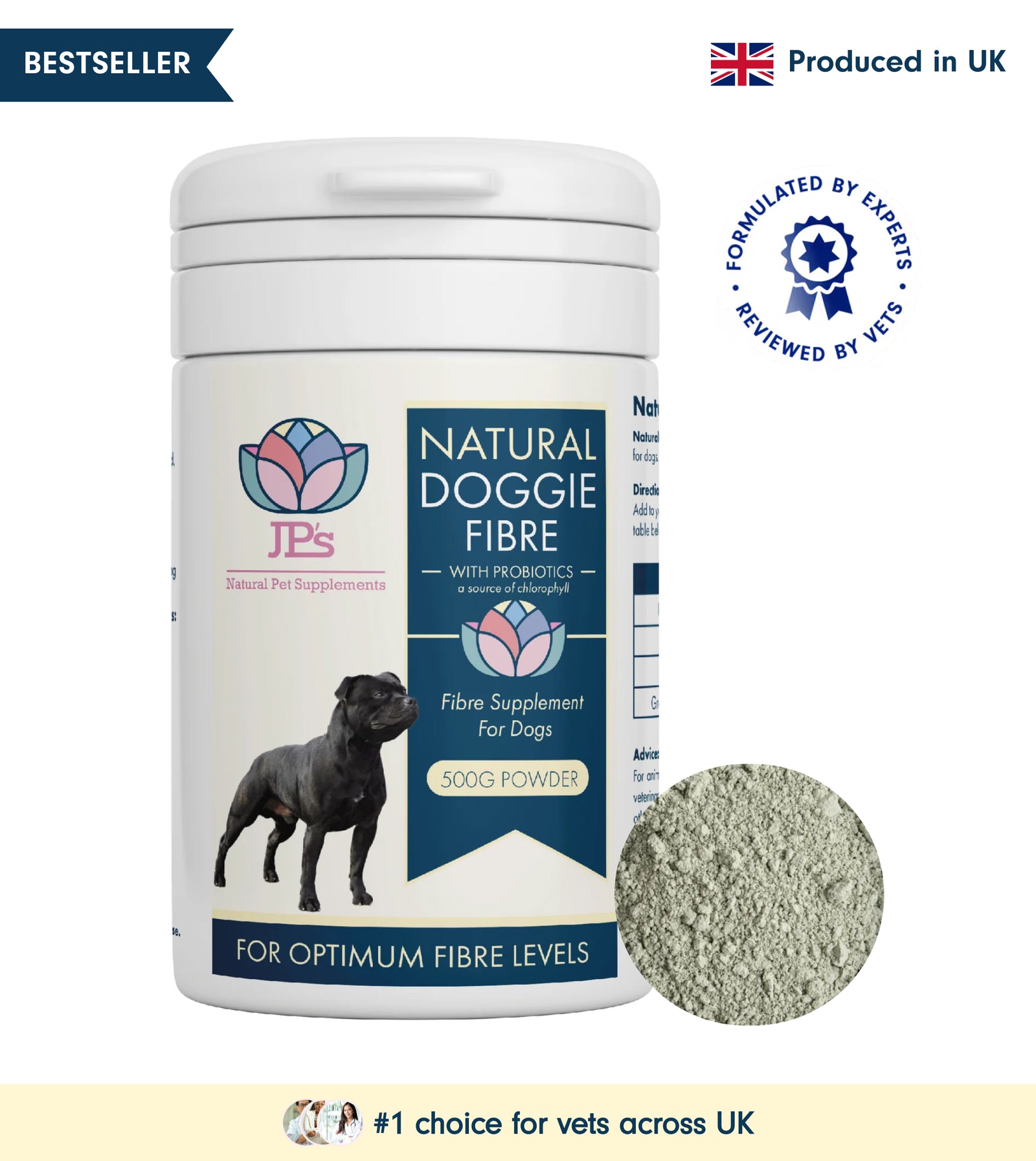
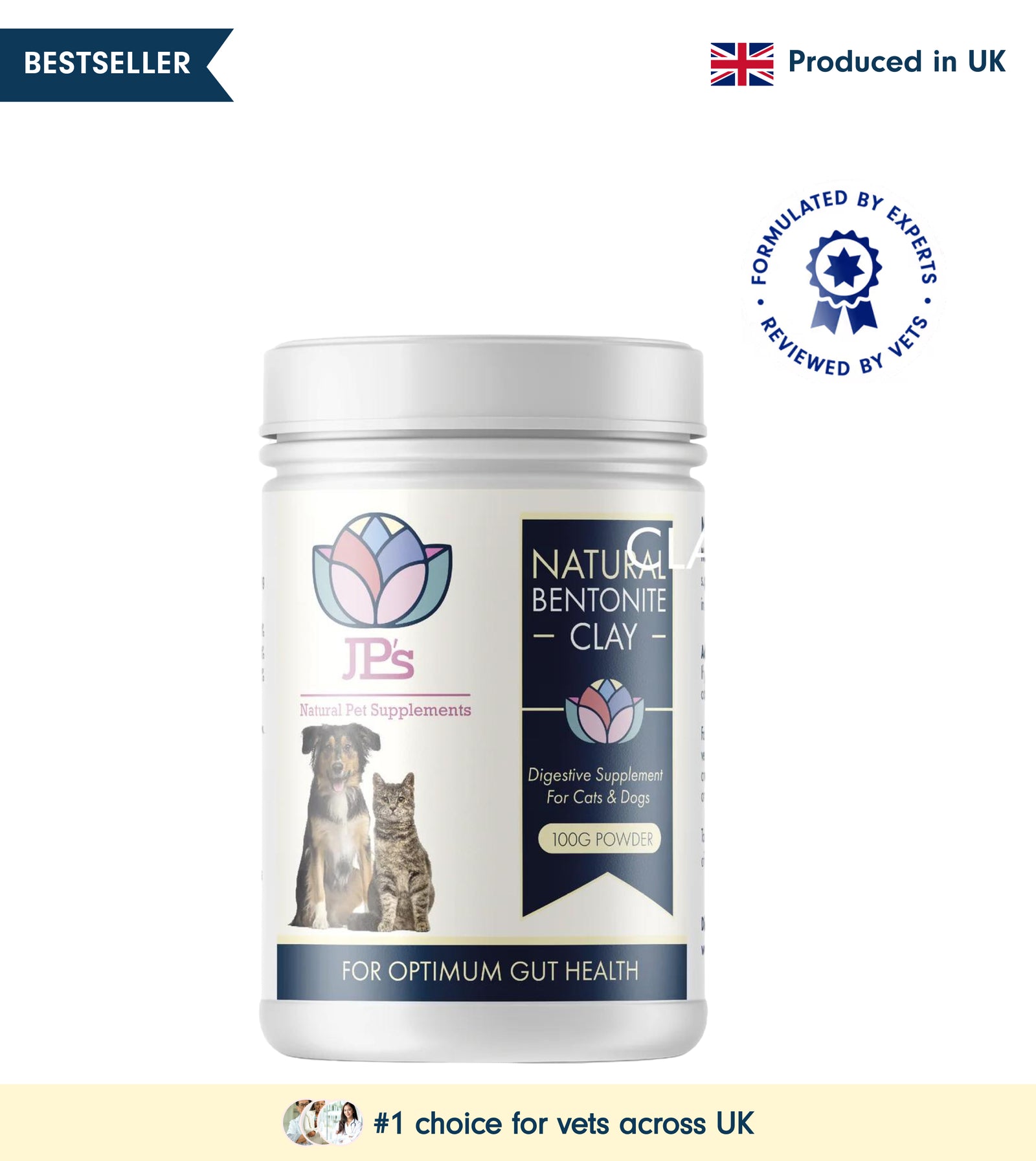
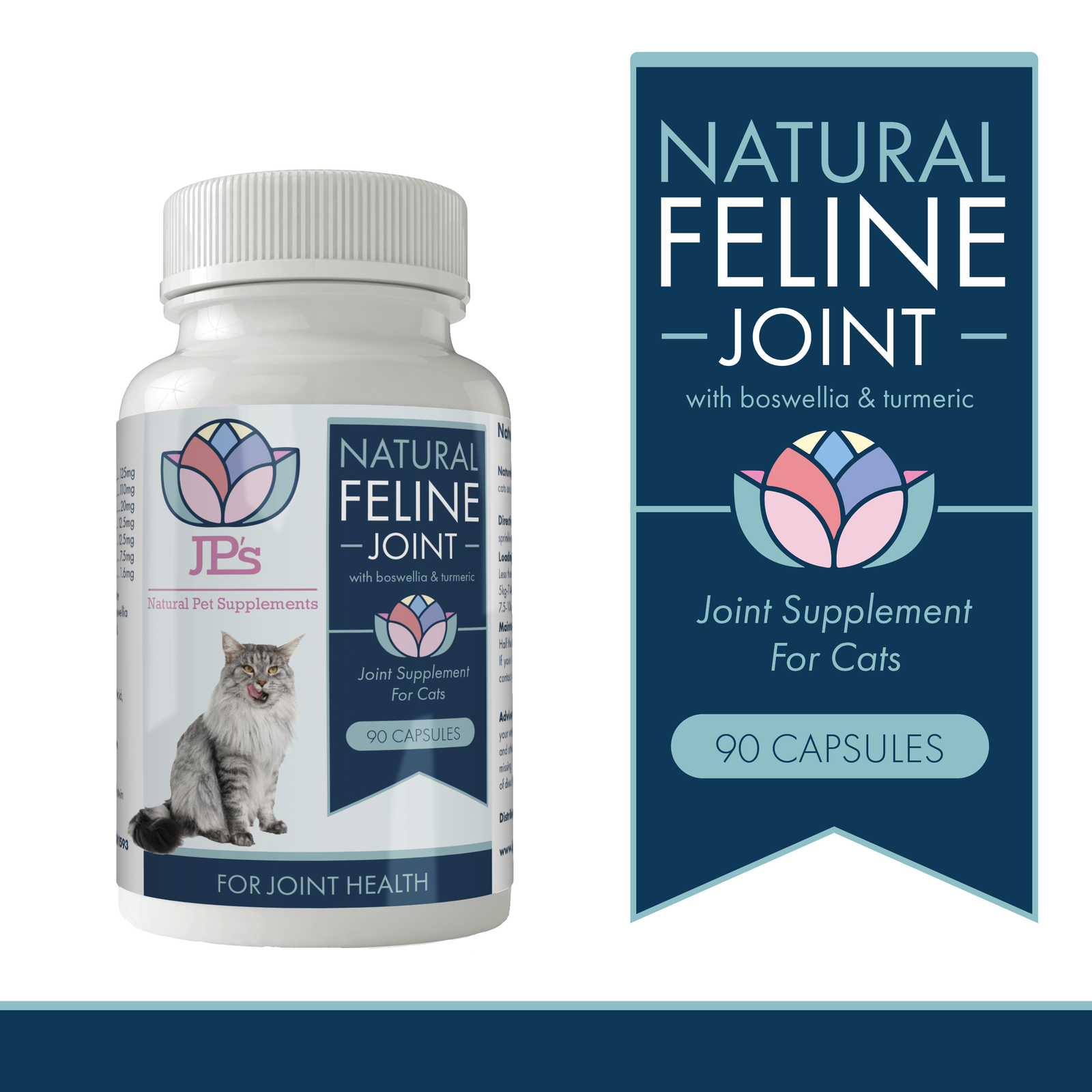
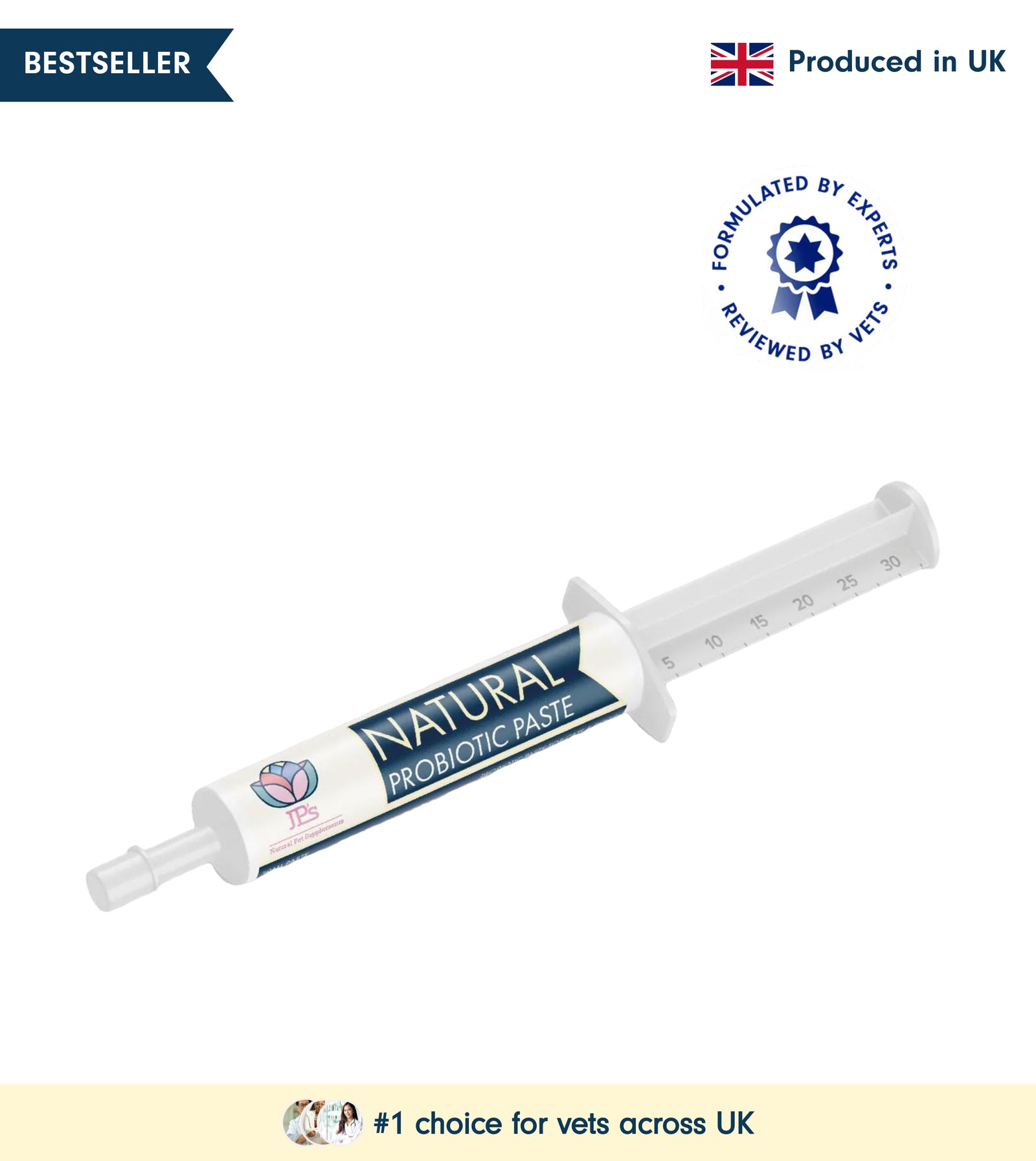
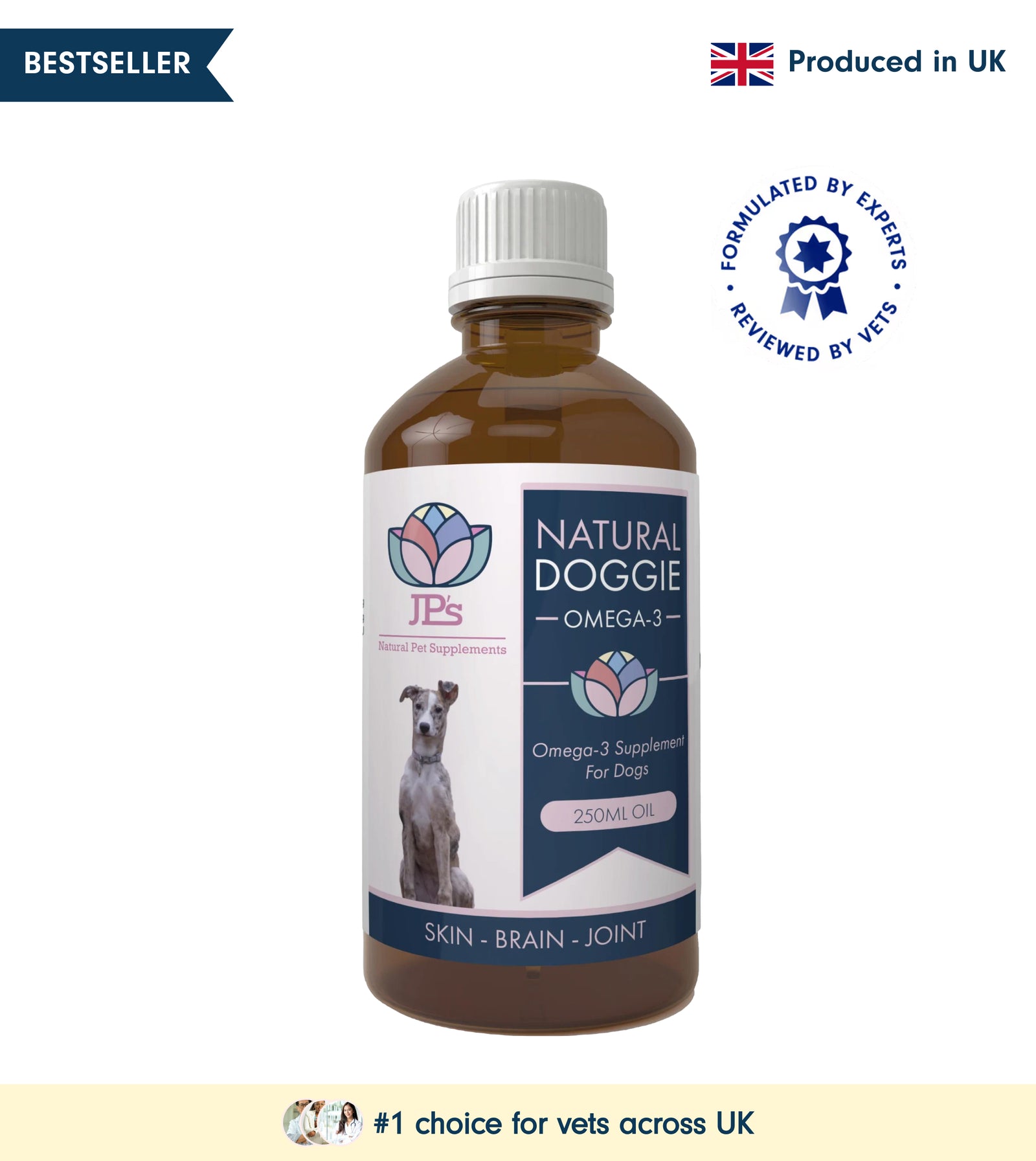
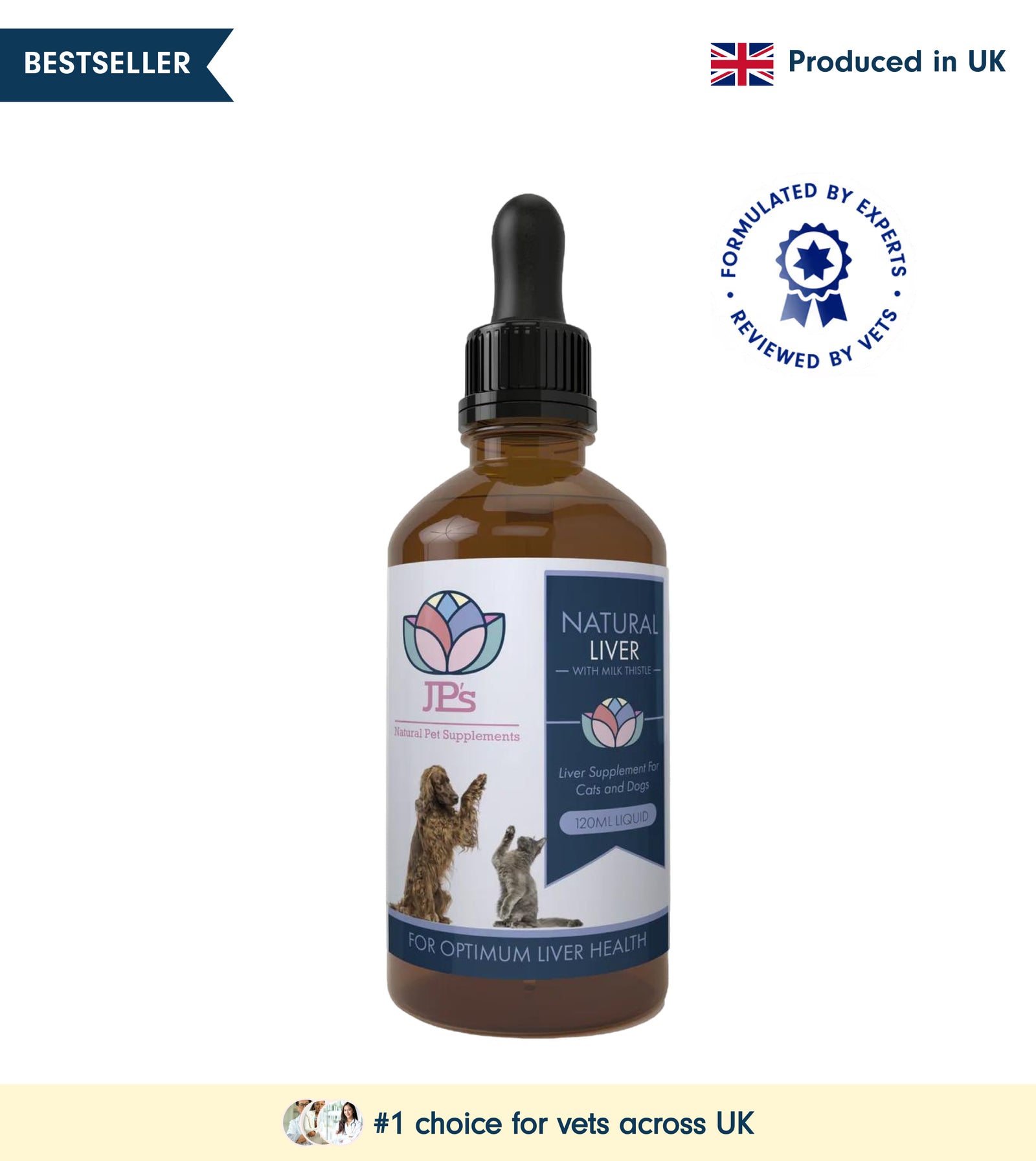



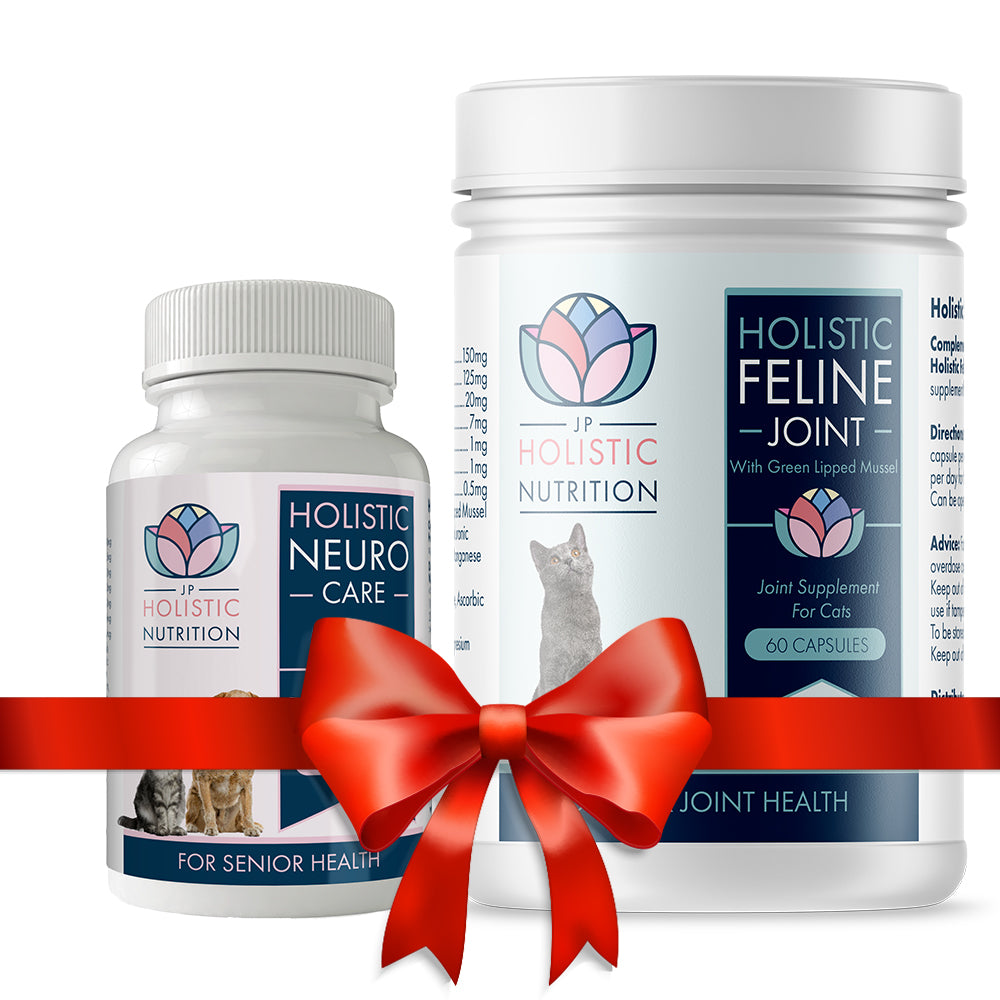



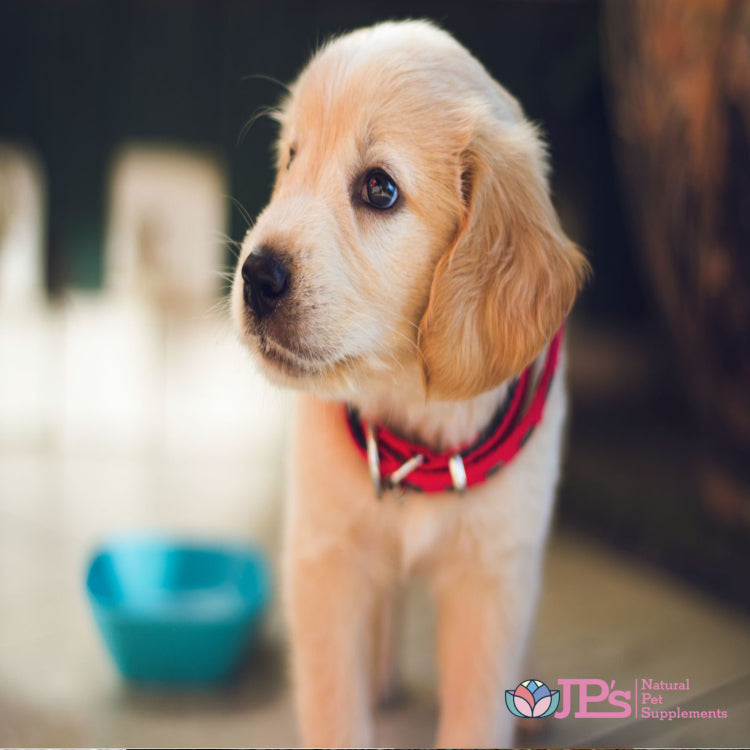
Leave a comment (all fields required)